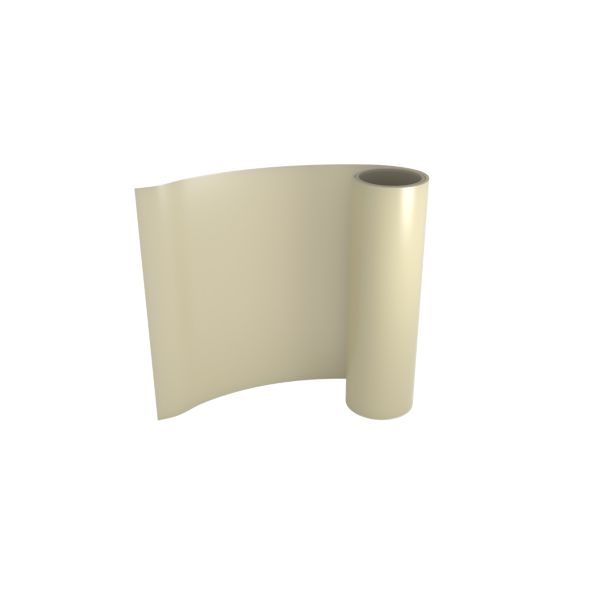LOCTITE ABLESTIK 561K
- Reworkable
- Flexible
- Thermally conductive
Product Description
LOCTITE ABLESTIK 561K is a white epoxy film designed for substrate attach and heat sink bonding. This adhesive film is designed for bonding materials with severely mismatched coefficients of thermal expansion. All data and results will vary with different thicknesses.
LOCTITE ABLESTIK 561K is a reworkable assembly film that passes NASA outgassing standards. If you require a low temperature cure you can consider LOCTITE ABLESTIK 566K. It is mainly used for substrate attach and heat sink bonding and has a glass fabric carrier.
Cure Schedule
- 30min @150°C
- 2 hours @ 125°C
Technical Specifications
| General Properties | |||||||||||
| |||||||||||
| Work life @25°C Work life @25°C Work life is the amount of time we have to work with a material until it is no longer able to be easily worked and applied on a substrate. It is based on the change in viscosity and it can rely on the application requirements. | 4392 hours | ||||||||||
| Chemical Properties | |||||||||||
| |||||||||||
| Moisture absorption | 0.9 % | ||||||||||
| Water Extract pH | 8 | ||||||||||
| Electrical Properties | |||||||||||
| |||||||||||
| Volume Resistivity Volume Resistivity Volume resistivity, also called volume resistance, bulk resistance or bulk resistivity is a thickness dependent measurement of the resistivity of a material perpendicular to the plane of the surface. | 9.1x1012 Ohms⋅cm | ||||||||||
| Mechanical Properties | |||||||||||
| |||||||||||
| Thermal Properties | |||||||||||
| |||||||||||
| Glass Transition Temperature (Tg) Glass Transition Temperature (Tg) The glass transition temperature for organic adhesives is a temperature region where the polymers change from glassy and brittle to soft and rubbery. Increasing the temperature further continues the softening process as the viscosity drops too. Temperatures between the glass transition temperature and below the decomposition point of the adhesive are the best region for bonding. The glass-transition temperature Tg of a material characterizes the range of temperatures over which this glass transition occurs. | 55 °C | ||||||||||
| Thermal Conductivity Thermal Conductivity Thermal conductivity describes the ability of a material to conduct heat. It is required by power packages in order to dissipate heat and maintain stable electrical performance. Thermal conductivity units are [W/(m K)] in the SI system and [Btu/(hr ft °F)] in the Imperial system. | 0.9 W/m.K | ||||||||||
Additional Information
How does ABLESTIK 561K compares to ABLESTIK 566K?
The storage temperature of both materials is as low as -40 °C to guarantee its material properties over a longer range of time.
The 561K is a great reference material that can be stored at -40 °C for 12 months but can also be stored at ambient (25 °C) for up to 6 months without loss of performance.
The difference with 561K however, in the higher minimum cure schedule of 125 °C for 2 hours.
The 566K material can cure at 100 °C but this is achieved by an increased catalyst load making the material more reactive, giving it shorter shelf life. (We would expect -20 °C storage to be sufficient for the 566K for 3-6 months)
Essentially you end up with two options:
- Use 561K with 6 months storage at 25 °C and accept a higher 125 °C cure
- Use 566K with 3-6 months storage at -20 °C and cure at 100 °C



